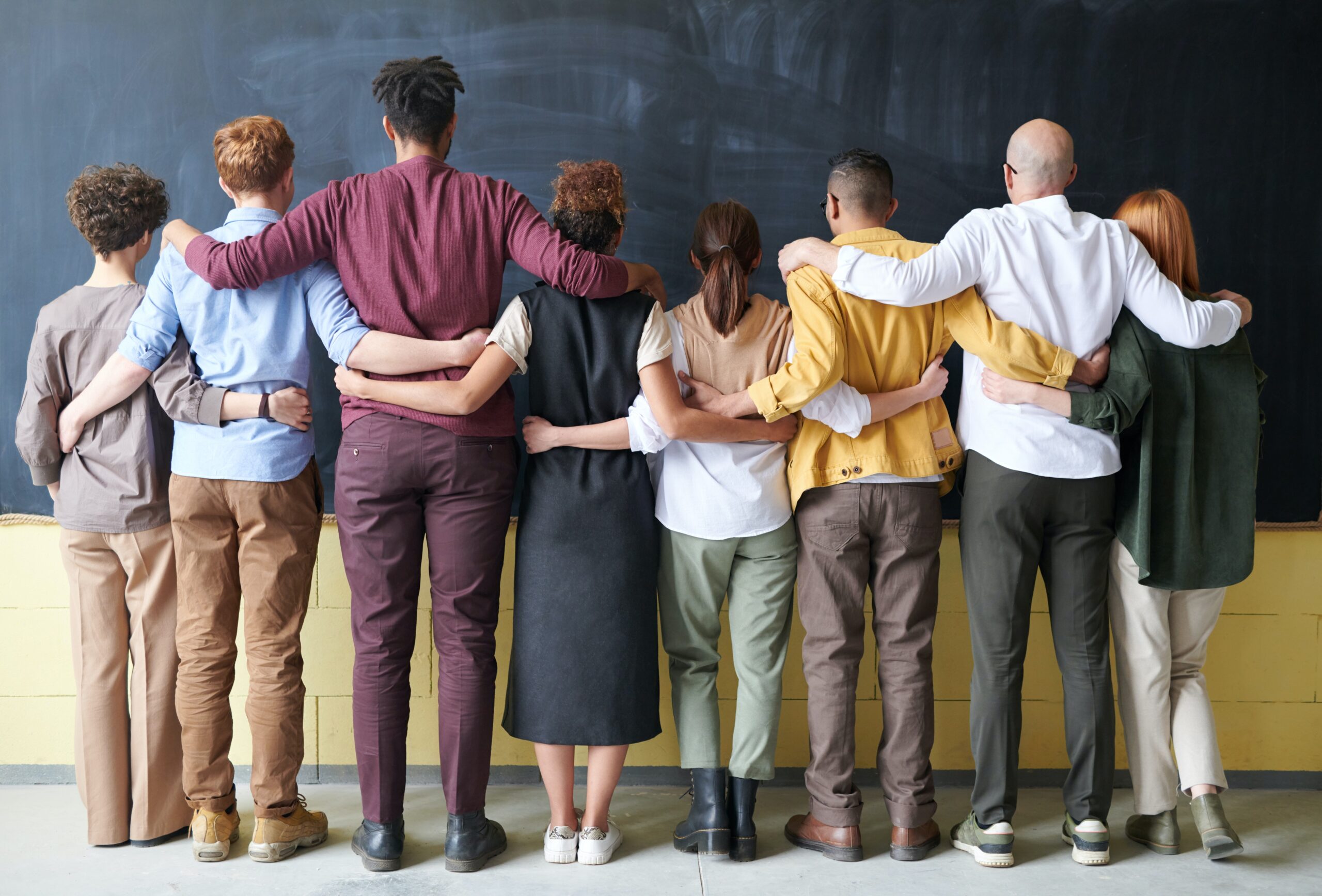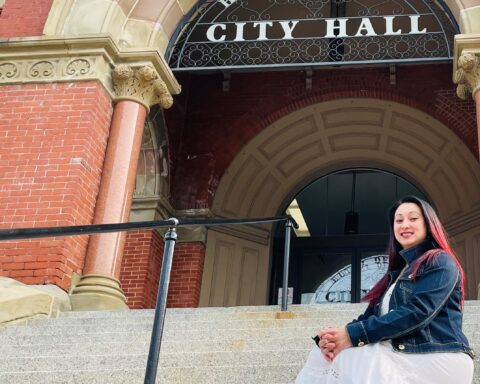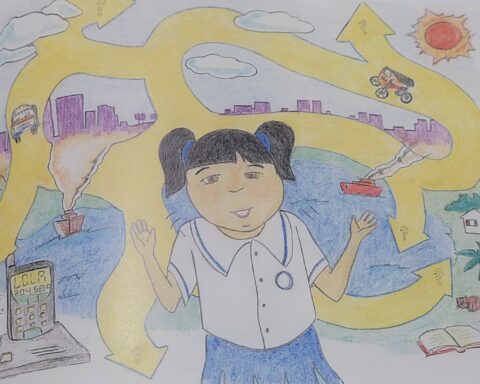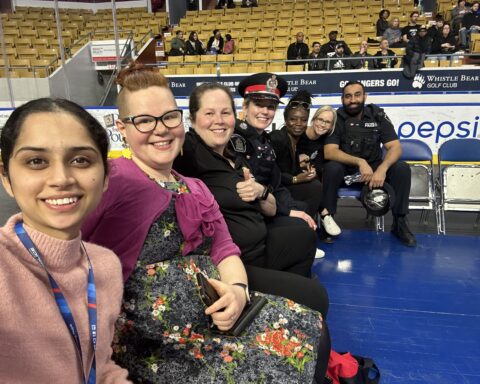Since its inception, the very definition of multiculturalism has been evolving to try to reflect the ever-changing ethnic, cultural and political identity of Canada. As it’s evolved, has it achieved true inclusion of all the diversity in this country?
Multiculturalism today is much different than it was in the 1970s, when it was thought of merely “in terms of the retention of ethnic cultures,” said Ratna Ghosh, professor of education at McGill University, as the Metropolis conference concluded. The resulting “ethnic enclaves” that formed did little more than “objectify ethno-cultural groups” while preventing full access to society’s resources.
Following a “paradigm shift” in the late ‘80s that began to address the “inequalities in society which impact the life chances of people,” multiculturalism today is driven by the recognition of the intersectionality of cultural, ethnic and political identities while celebrating “new forms of diversity, multiplicity and heterogeneity that tolerate broader groups of people.” Inclusion began to take on a new meaning.
Yet, 50 years later, “multiculturalism is…still a controversial subject” lacking clear definition, said Ghosh.
According to an ACS study shared with NCM, for instance, the terms ‘multiculturalism’ and ‘diversity’ are used interchangeably, “with persons under 35 and with francophones” preferring the latter.
Quebec’s own relationship with multiculturalism is fraught with tension. Bills 21 and 96, for instance, have been widely criticized as discriminating against religious minorities in that province. Premier Francois Blanchet has vehemently denied the accusations, saying the laws are about the “values of Quebec.”
However, as ACS-Metropolis president Jack Jedwab noted, according to the polls he’s conducted over the last 15 years, people who dislike multiculturalism are also “the ones that say, ‘I don’t like immigrants. There are too many immigrants in Canada. I don’t like hijabs. And I love Bill 21.” According to the ACS study (provided to NCM by Jedwab), 30 per cent of Quebecers view multiculturalism as a failure, more than the national figure of 26 per cent.
But it will take more than legislation to foster genuine inclusivity.
“Inclusion is the opposite of assimilation,” Ghosh said.
“It requires a change in one’s worldview. It goes to the root of one’s beliefs, behavior and practices. It is a radically new way of thinking, from assimilation and homogeneity…to heterogeneity and inclusion.”
Inclusion is a two-way street
Inclusion isn’t expecting immigrants to adapt to the mainstream culture. That’s assimilation, says Lily Kaufmann, a researcher from the University of Manitoba, because people can’t truly integrate into a society if they can’t freely express their own culture.
According to Kaufmann, as sociocultural demographics change, acculturation of immigrants is critical to their full integration, which requires settled Canadians to actively learn of and share in immigrants’ culture by fostering intercultural relationships.
Integration is a “bi-directional process that requires buy-in from both communities,” said Kaufmann.
In a study focusing on the integration of Canadian youth, immigrant participants surprisingly reported higher levels of integration than settled Canadians. The higher number of intergroup friendships, frequency and quality of those connections significantly affected their sense of belonging, which Kaufman said is a strong measure of integration, transcending ethnicity and culture.
Perception of immigrants by settled Canadians also affected participants’ support for immigration. When immigrants are seen to have familiar social contacts to link to, people are more likely to support immigration than when they view immigrants as “unfamiliar others” with few or no established connections.
The study showed that it is crucial to provide integration support for settled Canadians to prevent immigration being perceived as a threat.
According to the Association for Canadian Studies research shared with NCM, greater support for multiculturalism translates into more openness towards immigrants, while “(t)hose most hostile to multiculturalism are most likely to believe that ethnic minorities have considerable influence over decision makers.”
Forging inclusivity through art
Three immigrant artists of diverse backgrounds are using creative expression to bring people together in a way that transcends socially constructed barriers and borders while at the same reflecting on what it means to be truly inclusive in an increasingly global world.
“We are storytellers, and the material is just part of the process,” says Alejandro Romero, a visual artist from Puerto Rico who considers art an experiential medium.
As a queer immigrant with Indigenous roots, Romero recently dressed up as a boy scout as a way to symbolically reclaim an institution appropriated from Indigenous people. Using his “body as a canvas,” he created an image of Turtle Island, inviting people to come and add to it and thus symbolically give back to the land that was taken through colonization.
For Madhu Kumar, an independent artist and public art consultant from India, art is a “transformative, powerful, universal tool of communication.” She showcases the stories of other immigrant women, attempting to shine a light on their struggles as well as provide a space of belonging where they can see themselves reflected in the art.
“We need to hear stories where we can find ourselves,” she says.
Gabriela García-Luna, a visual artist born in Mexico City, views art as a process that begins with an individual exploration of the artist and is then shared with others.
“In this way, we are a link, a kind of messenger to bring new ideas, concepts and questions to the world,” she says.
She believes that coming from a different place gives her a rich, new perspective that can be used to challenge preconceived ideas.
As a moderator, Anita Ogurlu, a cultural bridging facilitator with the Saskatoon Open Door Society, observed through a quote from British art critic John Berger: “The strange power of art is sometimes it can show that what people have in common is more urgent than what differentiates them.”
The NCM News Desk includes: Naser Miftari, Tazeen Inam, Veronica Silva Cusi, Daniela Cohen, Baisakhi Roy and Fernando Arce.
NewCanadianMedia.ca is Canada’s premier web site dedicated to news and views about the one-fifth of Canadians who are immigrants. You’ll find original journalism from an immigrant perspective along with content produced by our partners in Canada’s ethnic media. Our content provides fresh insights into developments in politics and society, enhancing your understanding of our diverse world.





